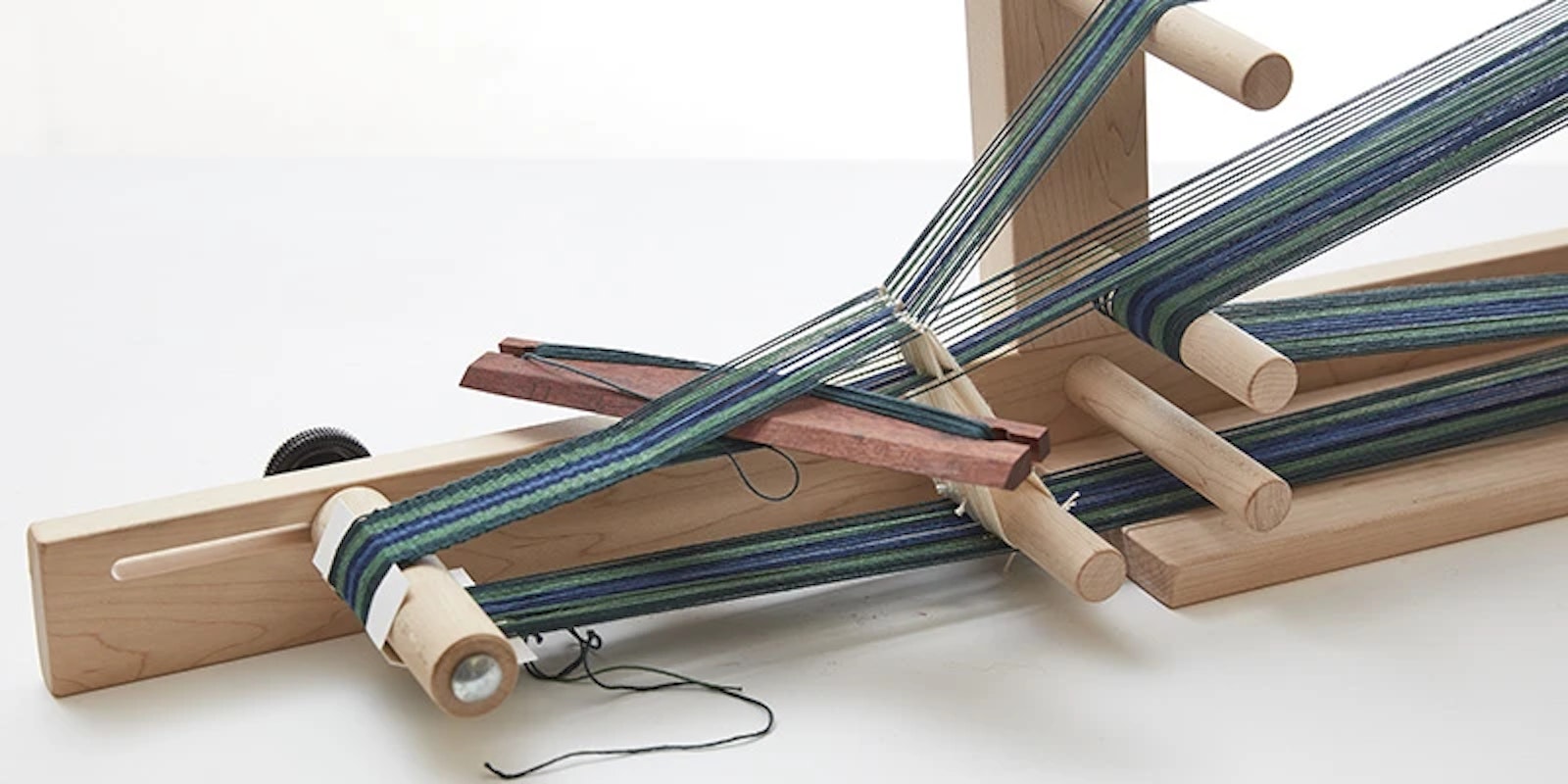Tom Knisely is a history buff, so I hope he is pleased to be hailed as part of a illustrious line of North American handweaving teachers, from the first peoples of America who taught their children to weave with bark, reeds, cotton, and the hair of mountain goats and sheep, to the folk schools, twentieth-century teachers such as Mary Meigs Atwater, Mary E. Black, and Harriet Tidball, and the many weavers and teachers who keep both our native American and European weaving heritage alive today.
Textile production was a huge part of Industrial Revolution in America as in Europe. The mill system in the North, cotton production in the South, and American inventions such as the cotton gin helped the fledgling United States establish an healthy economy. During the heyday of the American textile industry, weaving knowledge would have been common. In today's society, when so much is mechanized and so many of our textiles are produced overseas, handweaving teachers are our link to the past and the future of the craft. If you haven't been to Weaving Today to contribute your story to the Where Did You Learn to Weave survey, please visit, read the wonderful stories of your fellow weavers, and add your own. You'll laugh, you may tear up here and there, and I promise that you will be inspired.

